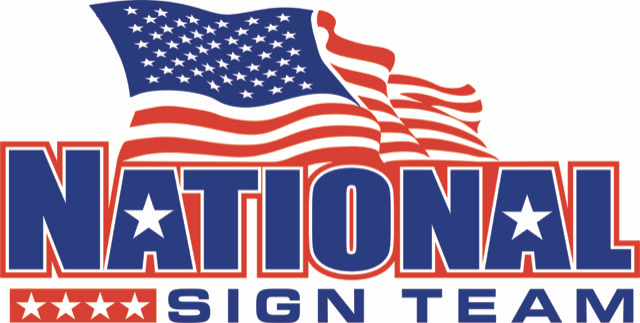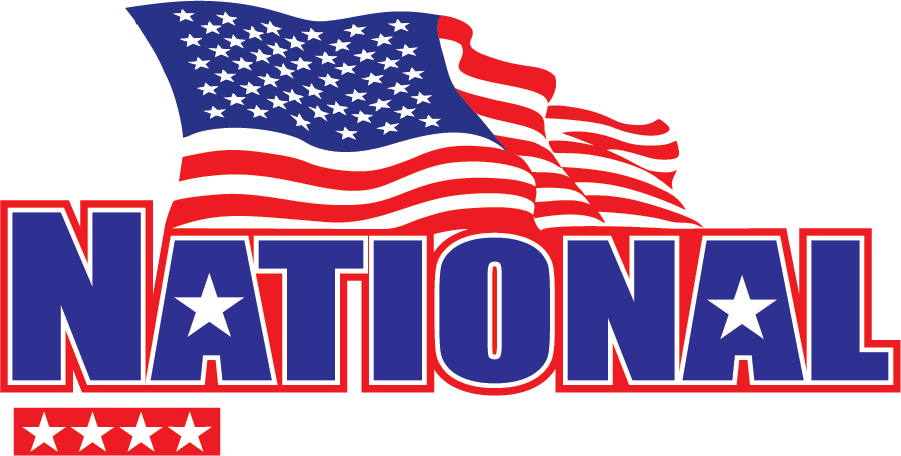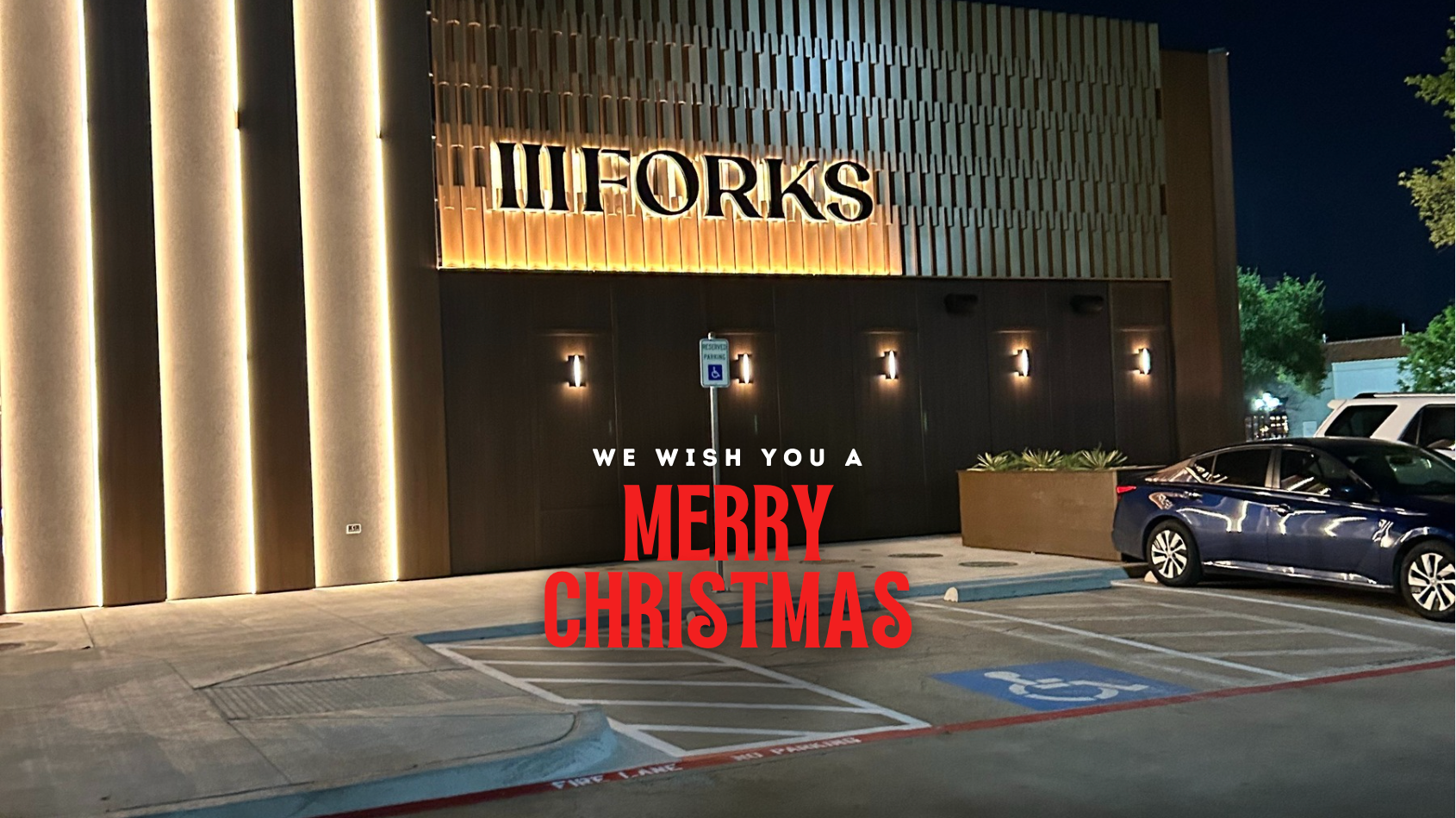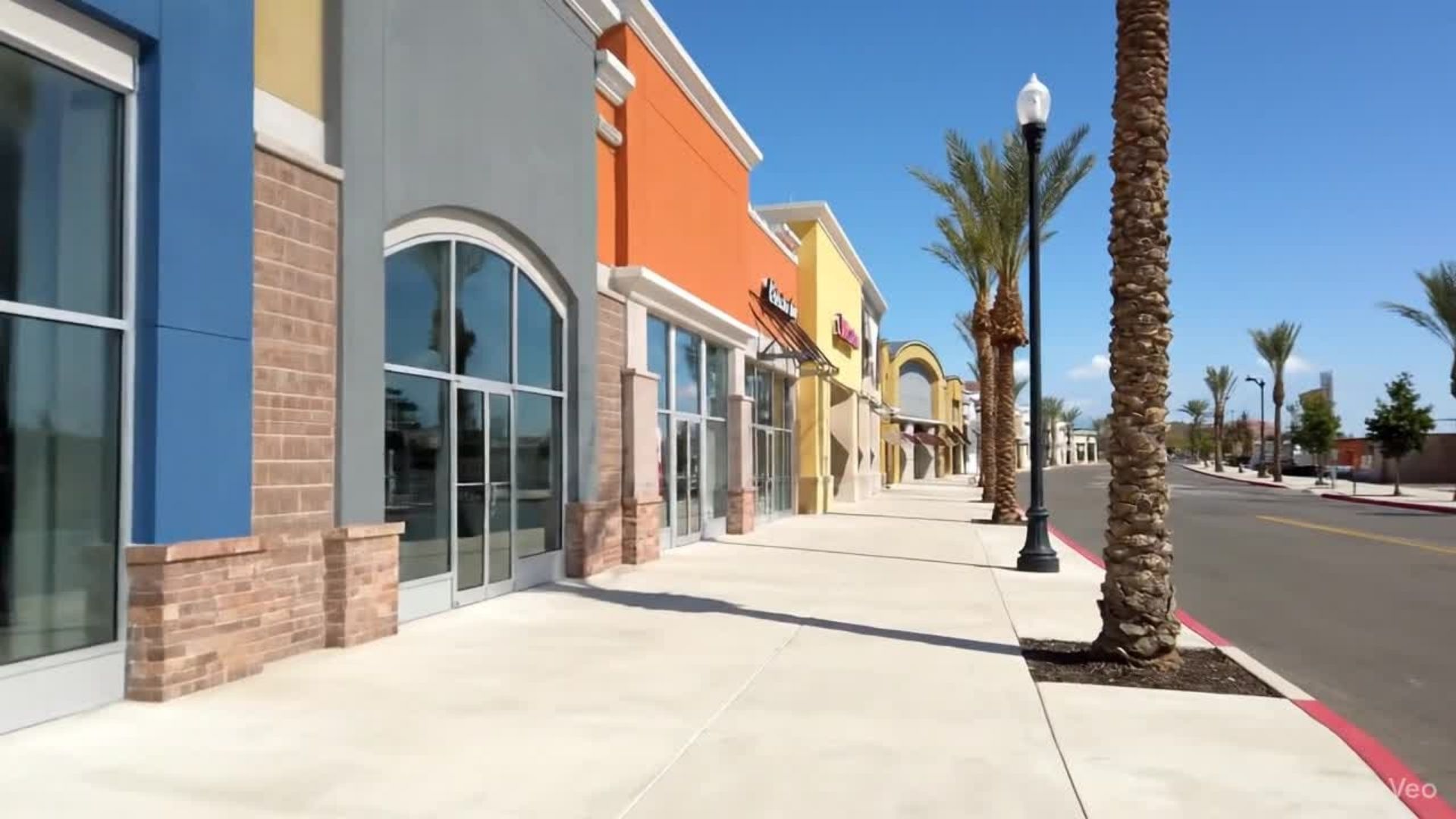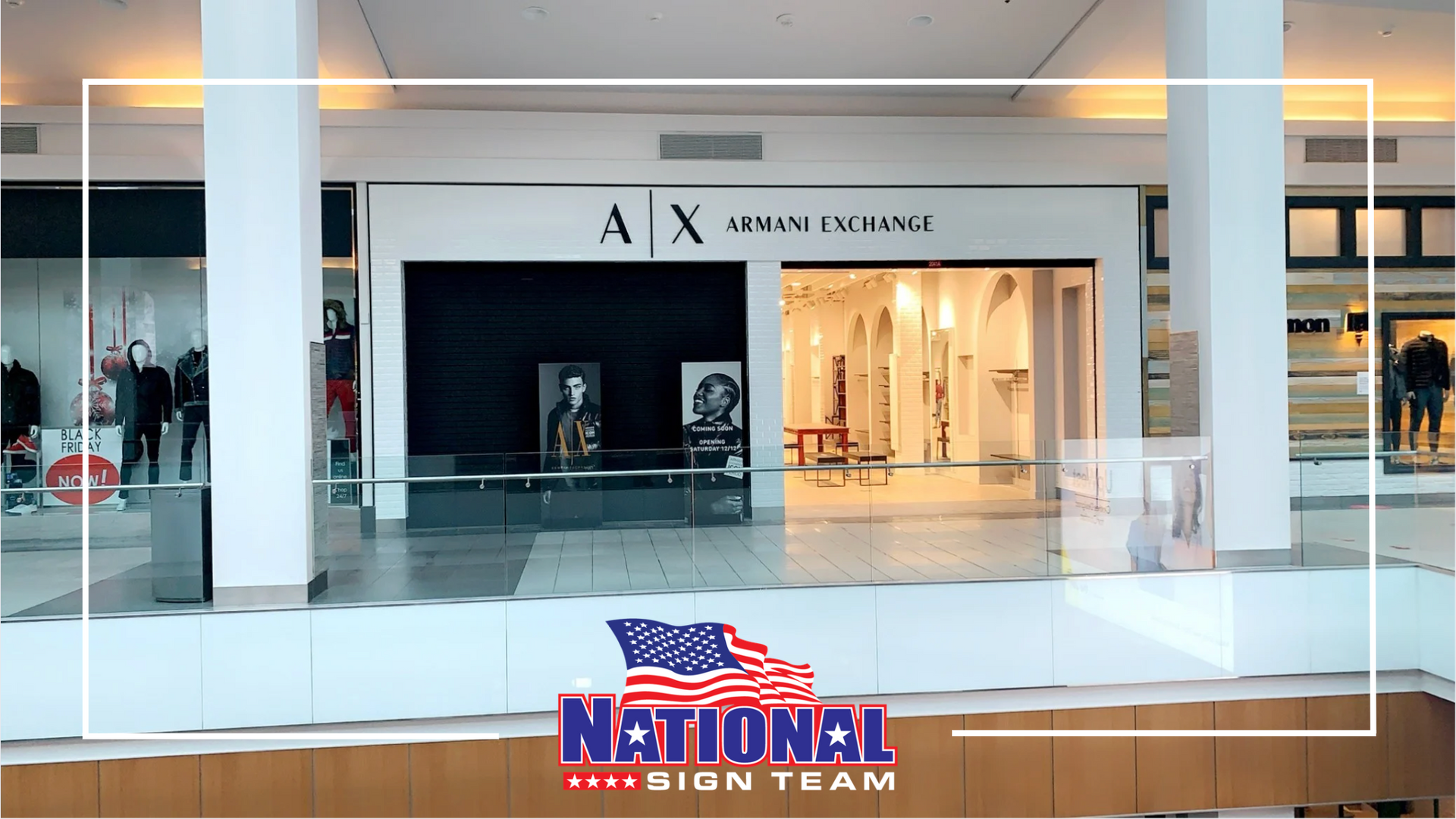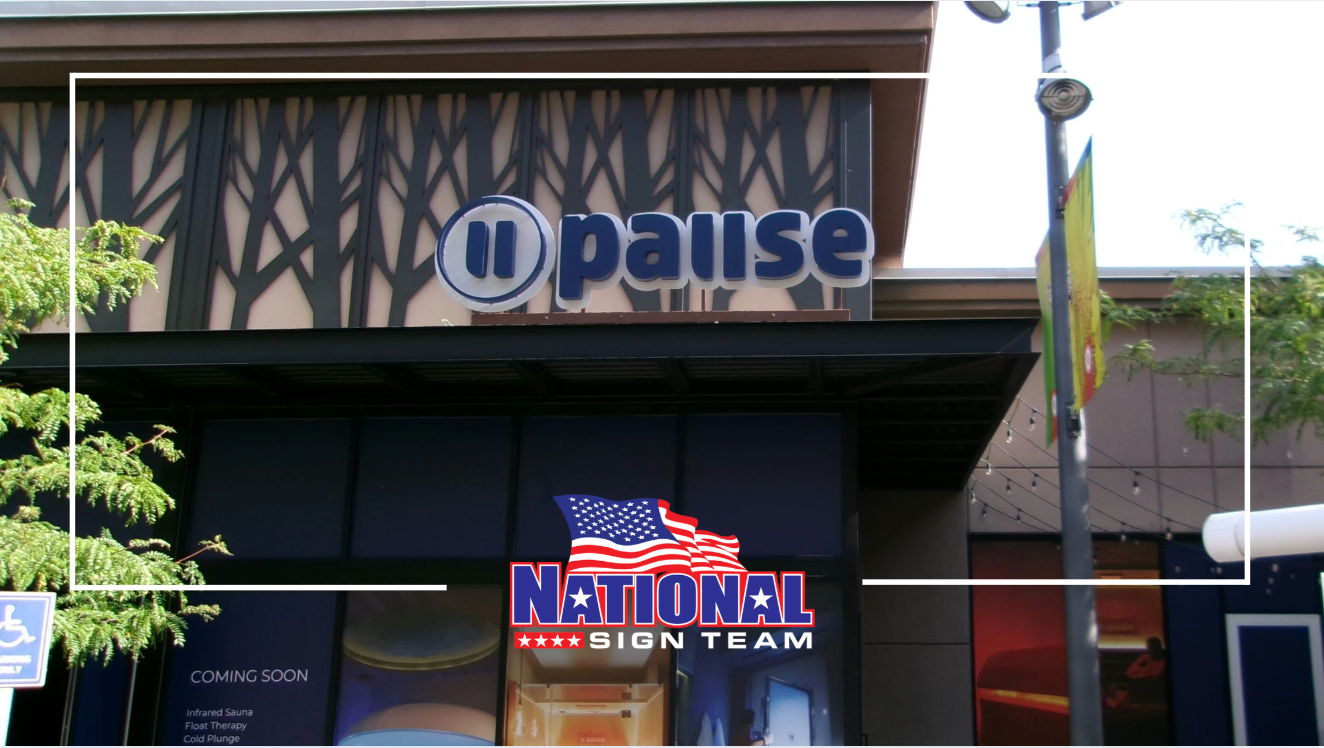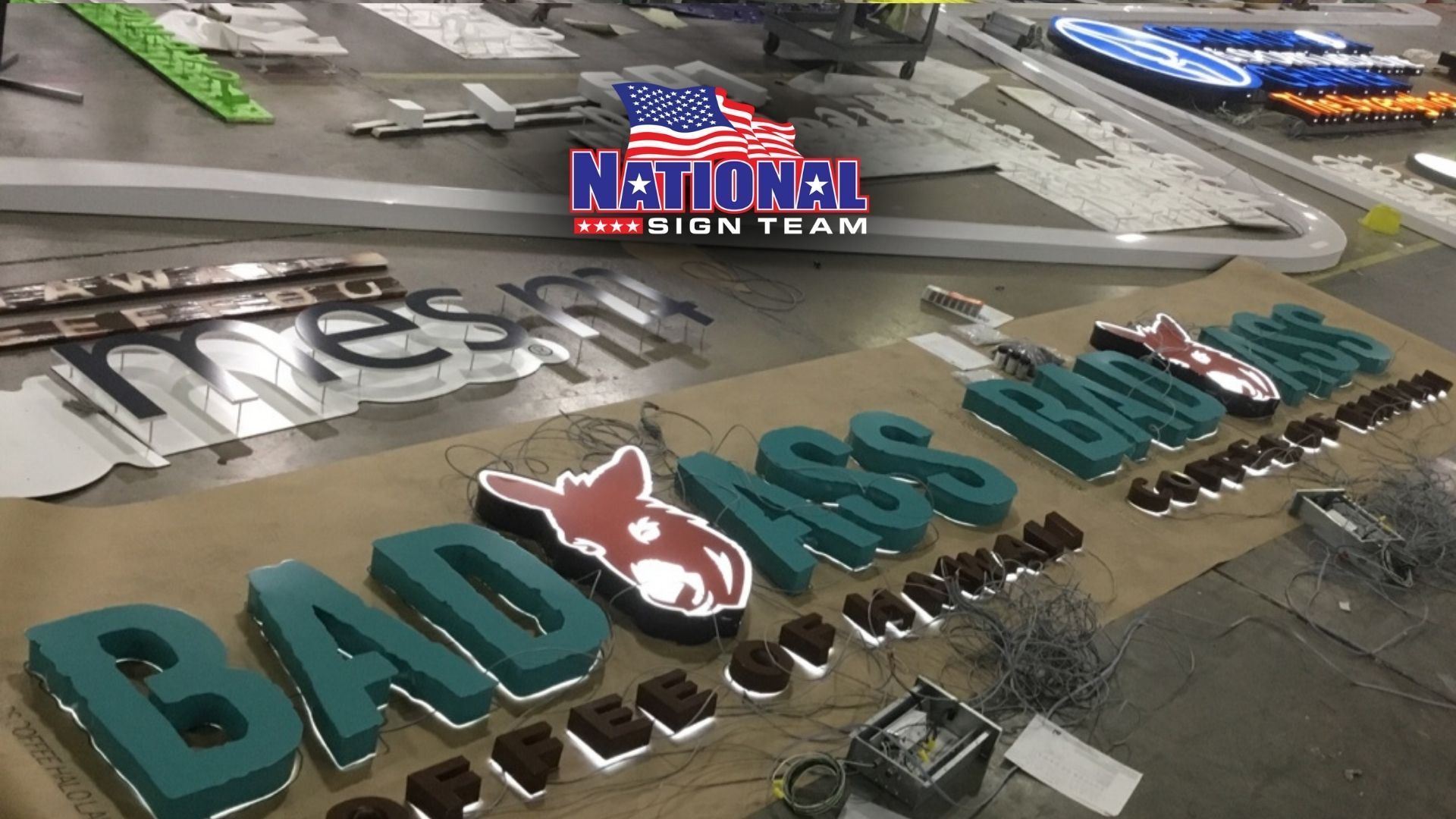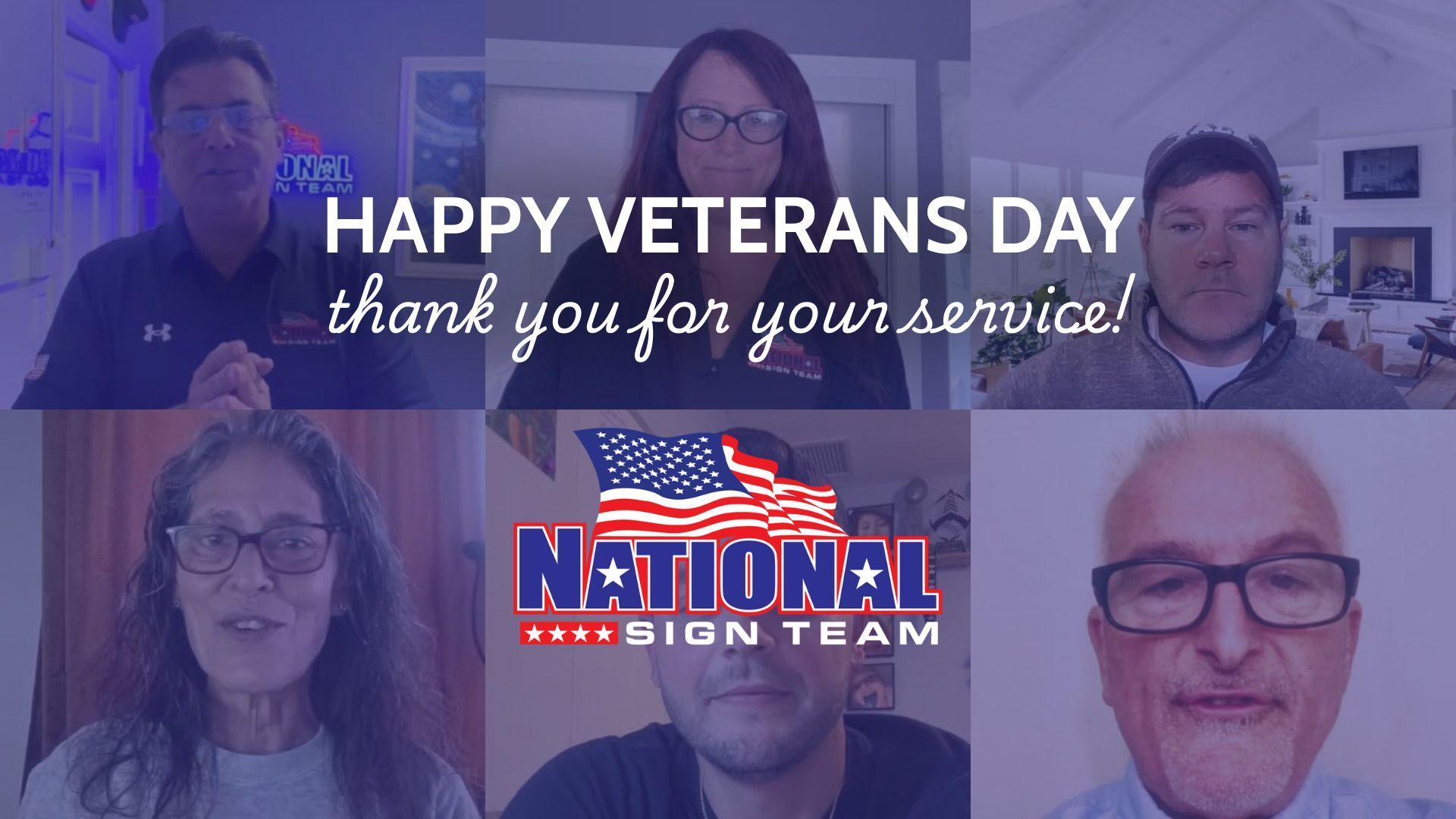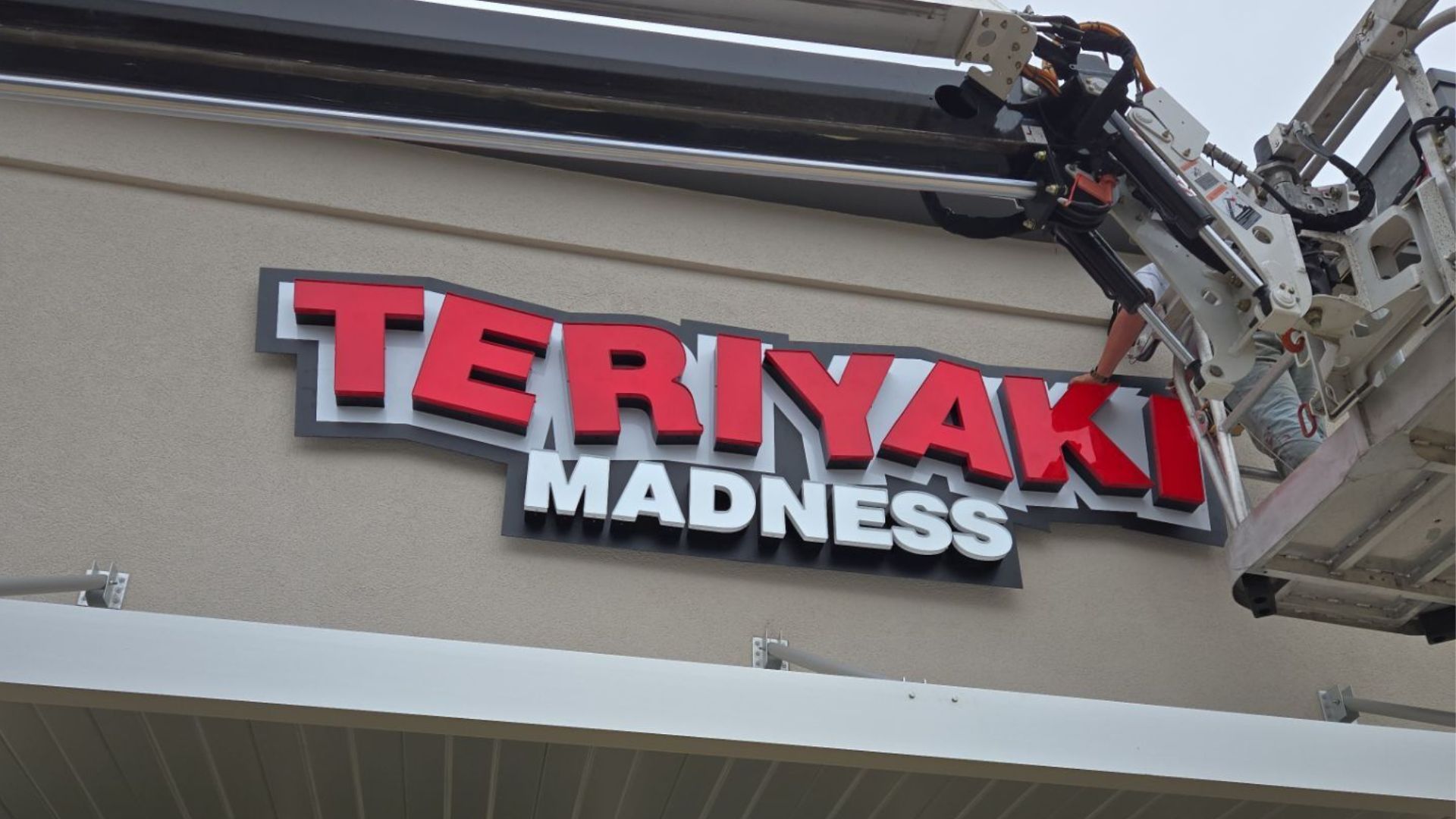Reverse Illuminated Letters: Halo-Lit Signage
Discover how halo-lit reverse channel letters elevate visibility and brand impact at night. Design, fabrication, and expert tips from National Sign Team.
Reverse Illuminated Letters: Halo-Lit Signage That Shines
If you’ve ever driven past a row of storefronts at dusk and thought, “Why does that brand pop while the others fade into the background?” You’re seeing the power of lighting. Creating a sign that really stands out isn’t just about typography or color. It’s about how light interacts with materials, architecture, and the human eye. Reverse illuminated letters, also called halo-lit channel letters, turn the light source toward the wall to create a soft glow around each letter. The result is a premium, high-contrast look that’s easy to read, easy to love, and impossible to ignore.
This article explains what halo-lit signage is, how it’s designed and fabricated, why it looks so good at night, and how National Sign Team’s experience on multi-site rollouts helps your brand shine brighter—consistently and compliantly—across every location.
What Are Reverse Illuminated Letters (Halo-Lit Signage)?
Reverse illuminated letters are a type of channel letter where the LEDs face backward into the mounting surface (or a backer panel) instead of forward through a translucent face. Each letter is typically fabricated from aluminum with a sealed acrylic back. When the LEDs illuminate, light washes the wall behind the letters and produces a “halo” around the letterforms.
Key characteristics:
- Premium aesthetic: The glow reads as refined and architectural, often preferred by luxury retailers, hospitality, corporate campuses, and mixed-use developments.
- High legibility in low light: The soft perimeter light creates contrast without harsh glare, improving nighttime readability.
- Brand-friendly: Works beautifully with serif and sans-serif typography, script logos, and iconography.
- Compliance-friendly: When sized, spaced, and lit correctly, halo-lit letters often satisfy landlord criteria and local codes where “glare” is a concern.
How they differ from front-lit letters:
Front-lit letters push light
through the face, so the face itself glows. Reverse-lit letters reflect light
around the edges, leaving the face opaque and creating a silhouette with a luminous halo. Both styles can be combined (front/back-lit) for certain brand effects, but reverse illumination delivers the most understated, high-end look.
Design Considerations for Halo-Lit Signage (Commercial Intent)
Great halo-lit signage starts with design decisions that balance brand standards with real-world constraints. For commercial buyers, brand managers, construction directors, and site development teams, these are the levers that drive outcomes:
Typography, Stroke, and Letter Height
- Letter height affects viewing distance. Larger letters read from farther away, but the
stroke width must support even lighting.
- Counterforms (holes inside letters like “O,” “P,” “R”) need enough space for wash lighting to breathe.
- Condensed fonts can look elegant, but ultra-thin strokes may need engineering tweaks to maintain uniform halo intensity.
Color Temperature and LED Selection
- 3000K–3500K (warm white) often suits hospitality and fine dining.
- 4000K–5000K (neutral to cool) feels crisp for corporate, healthcare, fitness, and retail.
- LED binning and CRI influence consistency and color rendering across multi-site programs.
(For broader lighting best practices, see the
Illuminating Engineering Society.)
Wall Finish, Backer Panels, and Standoffs
- Smooth, light-colored walls reflect more even halos.
- Dark or textured walls can create dramatic glows but may require a
backer panel for uniformity.
- Standoff depth (distance from wall) shapes the halo: more standoff generally means a broader wash; less creates a tighter line of light.
Power and Controls
- Specify
photocells or
astronomical time clocks for dependable on/off behavior by location.
- Consider
central controls for malls or campuses.
- Plan for
voltage drop, wire runs, and access for future service.
Code, Landlord Criteria, and Permitting
- Local codes may dictate brightness, letter height, and energy requirements.
- Landlord sign criteria often specify mounting method (raceway, direct flush, or backer), color temperature, and halo “spill.”
- Early review prevents redesigns and keeps your schedule intact.
Pro tip: Involve sign design and code checks before fabrication to avoid downstream change orders. See our guide: What Happens Before the Build: Code Checks, Surveys & Conceptual Design.
Why Halo-Lit Signs Look So Good at Night
At night, the eye is drawn to contrast, edges, and uniform gradients. Halo-lit letters deliver all three:
- Contrast without glare: The opaque letter face reads as a silhouette, while the light skims the wall. This avoids the “blown out” look some front-lit faces can have at close range.
- Edge emphasis: Our brains love contours. The halo traces each letter’s shape, improving recognition and brand recall.
- Uniform gradients: Even, soft wash lighting conveys quality. Inconsistent halos read as cheap; uniform halos read as premium.
Daytime presence matters, too. Because the letter faces are opaque, you get a strong architectural statement even when the lights are off. With the right coatings and fabrication, your sign looks intentional 24/7.
Experience Matters: Lessons from Multi-Site Rollouts
Halo-lit letters are deceptively simple. The glow exposes imperfections. National Sign Team has delivered reverse-lit programs for national brands—from fitness and retail to industrial and medical—and that experience translates into solutions you can rely on.
What experience has taught us:
- Wall color and texture change everything. We verify actual field conditions before finalizing LED density and standoff depths. On rough stucco, we often recommend a backer panel to restore halo uniformity.
- Uniformity beats brute brightness. More lumens won’t fix uneven spacing. We engineer module layouts and test on your target surface to tune the gradient.
- Mounting access equals uptime. Backer panels and raceways can reduce service time without compromising the look—especially on high installs or limited access façades.
- Power planning prevents headaches. Early coordination with the GC ensures dedicated circuits, clean penetrations, and safe terminations.
- Permits and landlord approvals go faster with complete submittals: photometric intent, finishes, mounting details, and UL credentials.
- Consistency across markets requires disciplined vendor management, quality control, and documentation. Our project managers maintain benchmarks so every site matches your standards.
- Night-of install checks matter. We schedule after-dark evaluations (when feasible) to confirm halo balance and take brand-ready photos.
See how our installation discipline supports complex programs: Channel Letters for Brand-Consistent Rollouts.
Cost Drivers for Halo-Lit Letters (Without the Guesswork)
We’re often asked for a price per letter. The honest answer: it depends—and here’s what it depends on:
- Letter height, count, and stroke width
- Mounting method (flush, backer panel, or raceway)
- Wall conditions (color, texture, access)
- LED quality and color temperature
- Electrical distance and penetrations
- Permits, inspections, and landlord submittals
- Access equipment (lifts, lane closures, night work)
- Geography (labor rates, climate coatings)
We build clear, itemized proposals so you can justify the investment to stakeholders and keep budgets on track.
Why Choose National Sign Team for Halo-Lit Signage?
- Multi-site expertise: We understand the demands of brand rollout—consistency, speed, and compliance.
- Design-to-install accountability: One team from concept to completion reduces hand-offs and errors.
- Field-tested solutions: Our installers and PMs document lessons learned to continuously improve outcomes.
- Transparent communication: You’ll always know where your project stands.
Explore more about our integrated approach: Sign Design & Integration.
Schedule a Sign Review
Ready to see your brand in the best possible light—literally? Let’s plan your halo-lit sign so it performs on day one and for years to come.
Schedule a conversation with Mike or Tyler:
SEE MIKE’S AVAILABILITY | SEE TYLER’S AVAILABILITY
We’ll review your brand standards, site conditions, and timeline, then outline a clear plan—from code checks to night-of glow verification—so your signage stands out for all the right reasons.
Quick FAQ
Do halo-lit signs work on dark walls?
Yes. We often recommend a
backer panel to enhance halo uniformity and protect against uneven textures.
Are halo-lit letters energy efficient?
Modern LED systems are efficient and long-lasting when specified and installed correctly. Controls (photocells or time clocks) add savings.
Can we combine halo-lit with front-lit?
Absolutely. Dual-lit designs can deliver both daytime boldness and nighttime refinement.
